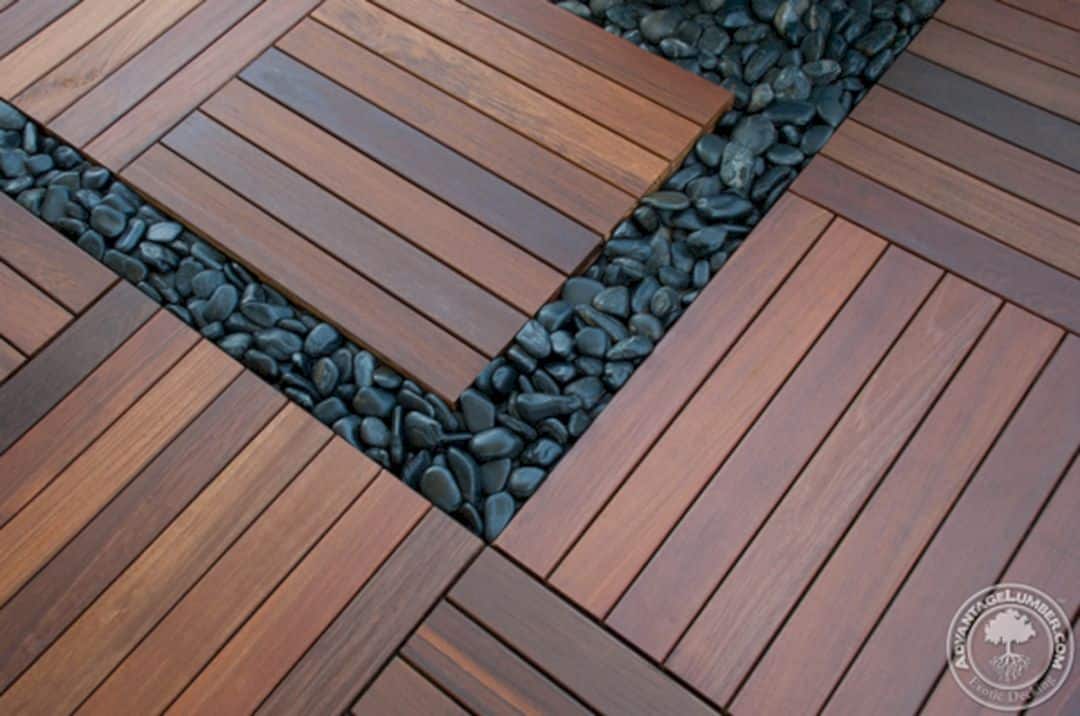Hardwood flooring might be trending for years now and be a part of dream homes but in reality, people tend to choose inexpensive alternatives like the laminate and engineered flooring. Used interchangeably, chiefly for sharing similarities, the difficulty arises when making a choice between the two for flooring installation projects at home or in the workplace. Therefore, it’s important to understand the differences between the two so that you do not end up choosing the wrong one.

Separating Engineered Flooring from Laminate Flooring
In the wood flooring family, both are much like sisters, but with obvious differences from the perspective of appearance and personalities. Both might have flaws in them but actually, rock the unique features accompanying each. Enough of suspense, let’s check the differences first before concluding the optimal one for your home.
Composition
The key difference lies in the composition itself, with the top layer being made up of solid wood in the case of an engineered wood floor, whereas laminates feature a photographic layer on top. While the prior comes off thicker, the latter feels thinner when taken in hand.
Clearly, engineered ones stand a winner, as it’s very close to authentic wood floors though laminates are not much behind with their replication of real wood.
Expenses
In the family of wood flooring and its look-a-likes, laminates prove to be more cost-effective without compromising much on quality. Its engineered counterpart, on the contrary, arrives fairly inexpensive due to plywood backing but is not as affordable as the prior.
Resale Value
Though both enjoys positive reviews on this aspect, engineered wood floors take away the trophy for a few extra scores. This is chiefly because of its close resemblance to solid wood, the top layer being composed of real wood.
Resistance To Moisture
Since engineered wood floor has more natural components than laminates, the chances of it suffering from molds and rotting are high. Laminate, on the other hand, might not be resistant to water but fights off moisture to an acceptable extent. This is why it takes away the crown from its engineered counterpart.
Durability
Speaking of durability, laminates are coated with a scratch-resistant wear layer, helping it endure intense foot traffic. However, engineered wood flooring surrenders to moisture quite easily and are vulnerable to damages, the reason being its natural components. Naturally, laminates stand out from the rest.
Upkeep
Engineered wood flooring, unlike laminates, take frequent refinishing and waxing, to maintain the charm. The topmost layer being made up of solid wood, features a grainy texture, where dirt is said to accumulate over time. Hence, it’s quite difficult to maintain. However, laminates feature a smooth surface, which is naturally, easy to wipe. Even if it’s a white laminate flooring, upkeep is comparatively easier and hassle-free.
Suitability In Homes Having Pets
To pet-owners, the first choice in flooring is laminate, as it’s more forgiving in comparison to engineered ones. The latter, on the contrary, is composed of natural elements, show up scratches soon.
Concluding is quite difficult, as both enjoy some positives as well as suffers from a few drawbacks. While laminates perform well in terms of cost, durability, upkeep, resistance to moisture etc, engineered wood planks fare well from the perspective of appearance, resale value and similar other factors. So, you just need to give it some thought, weigh the factors most essential to your home and finally, make a choice.








